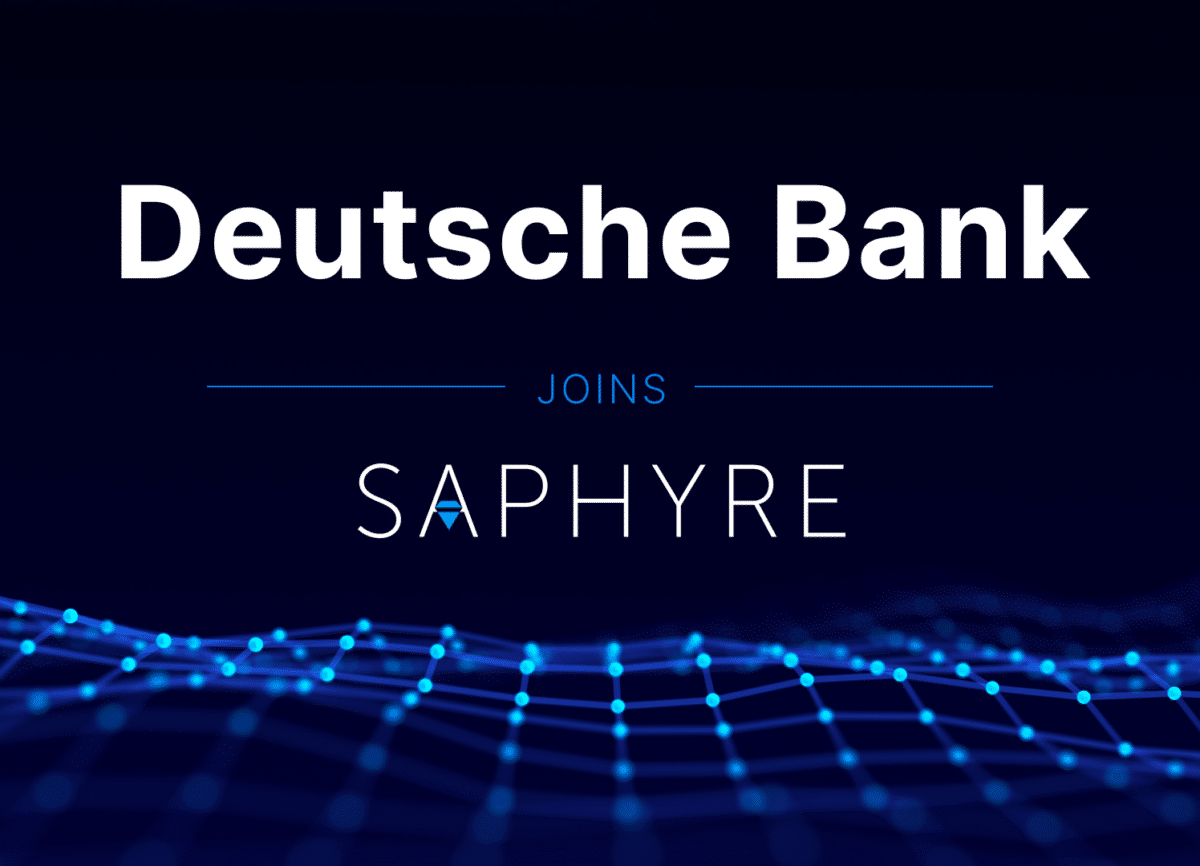






Saphyre, a fintech company using patent-approved automated intelligence technology to solve pre-trade activities and post-trade issues, announces that Deutsche Bank joins its network of financial institutions using the Saphyre platform.
Saphyre’s automated intelligence handles onboarding and maintenance of custody, broker trading, and buy-side accounts while synchronizing in real-time associated reference data between them. This provides a real-time golden source of data to all external parties. Downstream, this solution eliminates issues related to failed trades, and at the same time enables real-time, T+0, collaboration between parties which is necessary to meet the upcoming T+1 commitments.
Stephen Roche, President & Co-Founder of Saphyre shared, “We are thrilled to have Deutsche Bank, one of the most prestigious financial firms in the industry, join the family of capital market firms on the platform. By having them as part of our network, not only will Deutsche Bank realize middle and back-office operational benefits, but our mutual buy-side clients will gain them as well. All while being first to trade on any new funds.”
About Saphyre
Saphyre leverages patented AI technology to digitize all pre-trade data and activities across multiple counterparties: from asset owners to investment managers, hedge funds to prime brokers, any client firms to broker-dealers and custodians, and much more. Saphyre’s platform maintains memory of data and documents, resulting in clients not having to search or resubmit information, and expedites flow in a digitally structured manner so that it can be consumed and understood by any permissioned counterparty in the finance industry. This allows firms not only to assess risk faster but they can speed their onboarding processes, get real-time ready-to-trade statuses per account, and eliminate 70%-75% of redundant or inefficient post-trade activities.